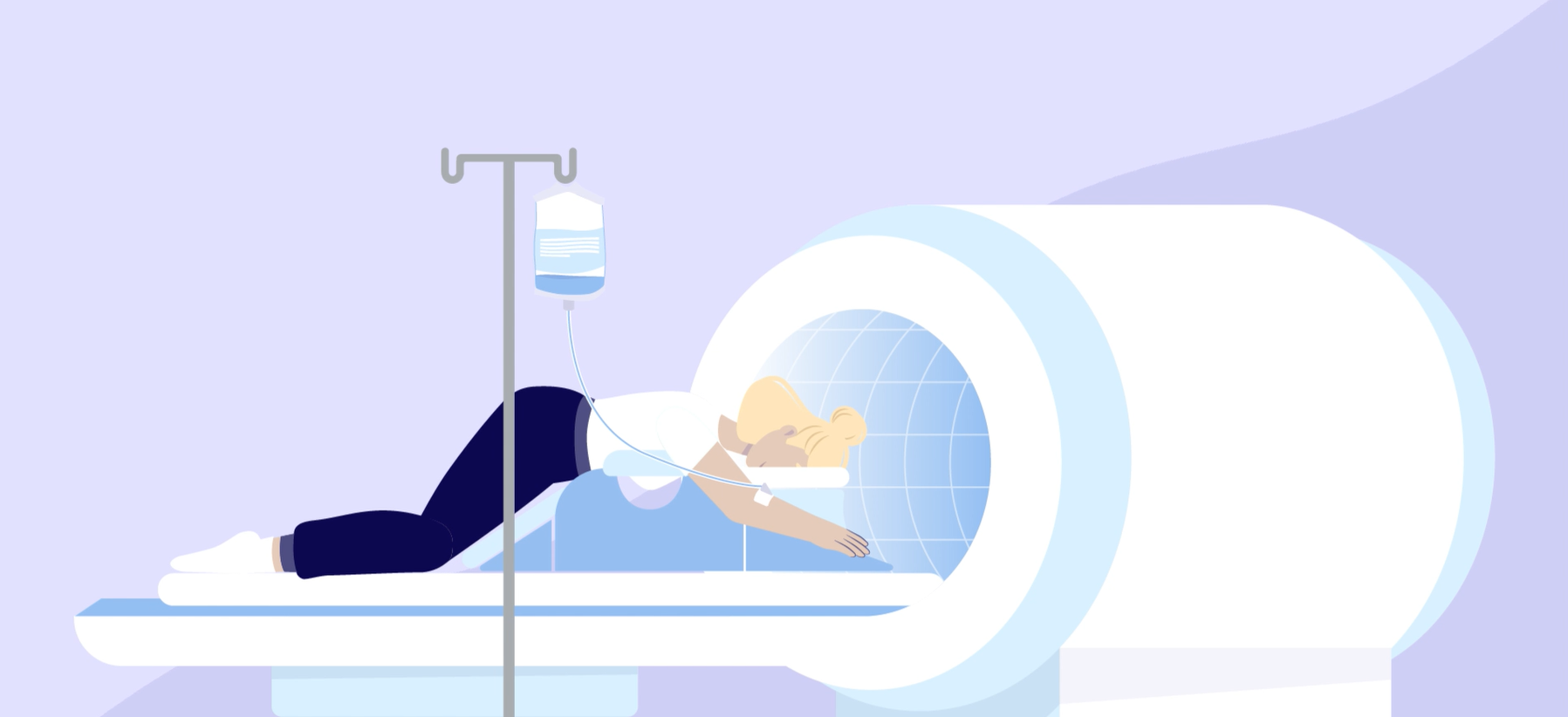MRI (Magnetic Resonance Imaging) for Breast Examination
MRI is a technique used to visualize organs and tissues. This examination involves a magnetic field and radio waves. Signals are generated and detected within the body, and a computer translates them into images. MRI can be used when there are uncertainties even after a mammogram and ultrasound. This is especially useful in cases of poorly assessable mammograms or when there is dense glandular breast tissue. MRI can provide a better view and understanding in such cases.
Breast MRI can be used for:
- Screening patients at high risk for breast cancer (carriers of a gene mutation or with a family history of the disease).
- Clarification after a mammogram and/or ultrasound.
- Dense breast tissue and age over 50.
- Assessing the extent of an abnormality.
- Detecting leakage from breast implants.
- Assessing the response to treatment following neoadjuvant chemotherapy for a tumor.
